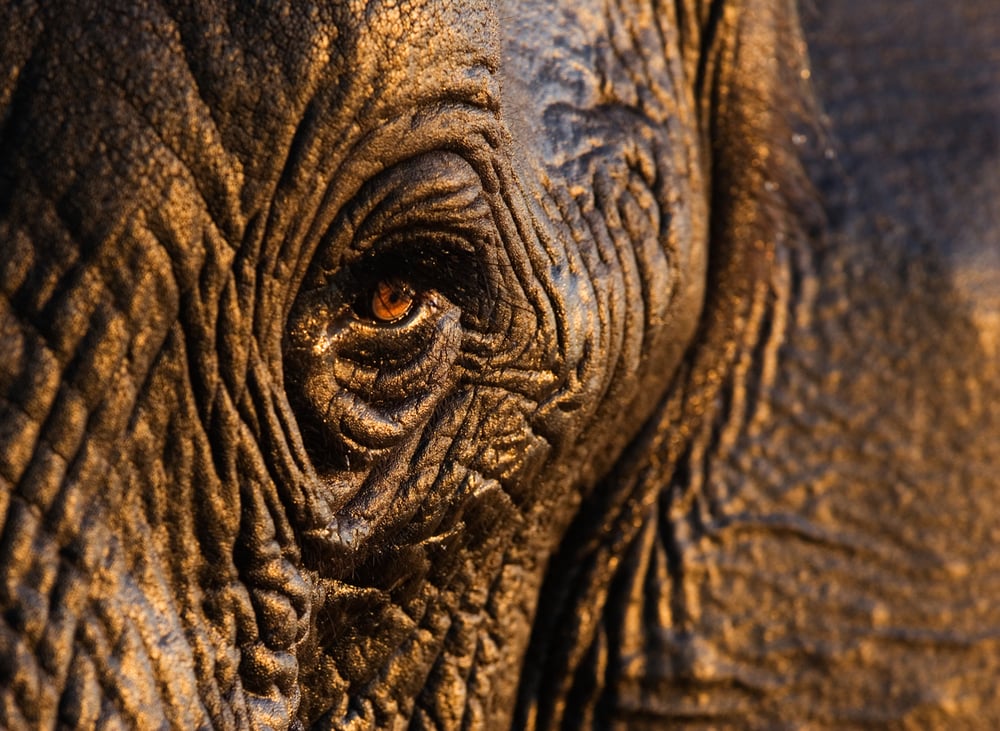The millions of different species on our planet are essential for so many of the most important things in our lives.
This complex web of life provides the natural systems we depend on – from clean air and water to fertile soils and a stable climate. It gives us food, medicines and materials, and supports millions of jobs. And it also inspires us, making our lives richer in so many ways.
But our planet’s wildlife is in crisis – numbers have fallen by more than half since 1970, and species are becoming extinct at an alarming rate.
We need to reverse this loss of nature and create a future where wildlife and people thrive again.
Human activities threaten wildlife in two main ways: by destroying and damaging the places where wildlife lives, and by using them in ways that are unsustainable.
Vast areas of natural habitat continue to be lost to agriculture, urban sprawl, mining and infrastructure, or are suffering from the effects of pollution, introduced species that often out-compete native wildlife, and, increasingly, climate change.
Meanwhile, many species are declining because of unsustainable levels of hunting, fishing and harvesting. Others are being driven toward extinction to support the international wildlife trade, or killed when they come into direct conflict with humans and livestock.
WWF’s Living Planet Report, published every two years with our partner ZSL, is a scientific study of biodiversity and the health of our amazing planet. Since 1998, it has been charting the devastating impacts human activities are having on the world’s wildlife and natural world.

Tiger numbers are increasing for the first time in over a century, the Irrawaddy dolphin population is rising after decades of decline, and more and more countries in Asia are banning sales of elephant ivory.
People have benefited too. Protecting forests and other crucial habitats helps conserve the natural living resources that many communities depend on. Sensitively managed eco-tourism is also bringing much needed income to many developing countries.
These are positive signs and are helping to put us on the right path to a brighter future for people and nature. But we need to do much more to halt and reverse the decline in the world’s wildlife. Ultimately, our own well-being and survival depend upon it.
"The efforts of WWF and others have already helped achieve some big successes for wildlife."
Margaret Kinnaird, Wildlife Practice Leader
Subscribe now to embark on a 5-week journey that will empower you with simple yet impactful tips and lifestyle changes you can make to help protect the incredible species we share our planet with! Every action adds up, no matter where you are - and you too can go from Zero to Wildlife Hero today!
We’re working with local people and government agencies to increase the coverage of protected areas. We're also helping to strengthen the way protected areas are managed, and improving connections between them so wildlife can move more freely.
We’re tackling the illegal trade and over-exploitation of wildlife by strengthening regulations and making sure they’re properly enforced.
We are influencing markets and consumer choices that drive demand for wildlife products.
Margaret Kinnaird, Wildlife Practice Leader
By 2030, we want to see 30% of the world’s surface managed in a way that takes account of wildlife through protected areas like national parks or community-run conservation areas.

© 2017 WWF - World Wide Fund For Nature© 1986 Panda Symbol WWF – World Wide Fund For Nature (formerly World Wildlife Fund)® “WWF” is a WWF Registered Trademark Creative Commons license.